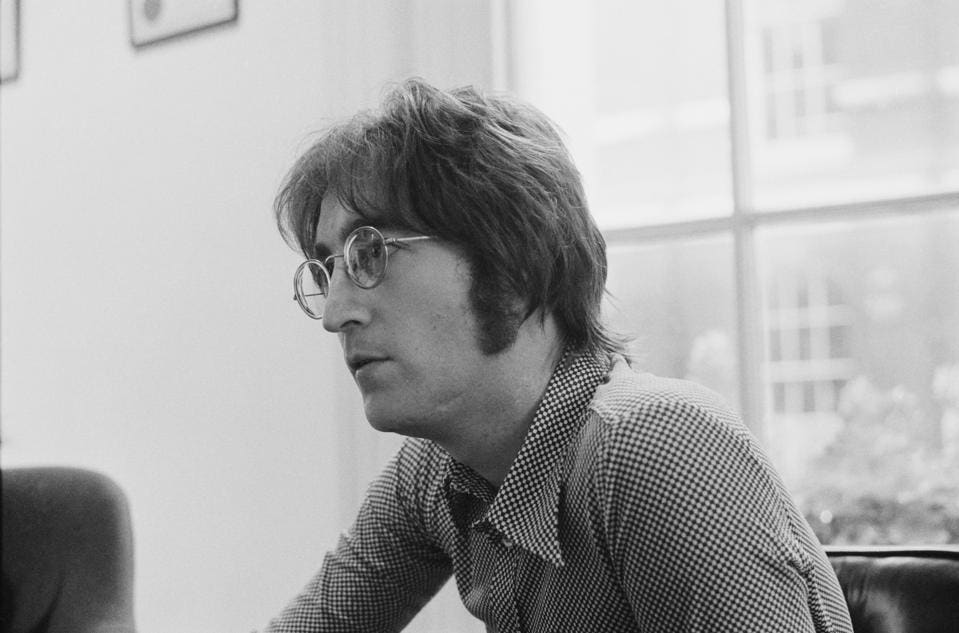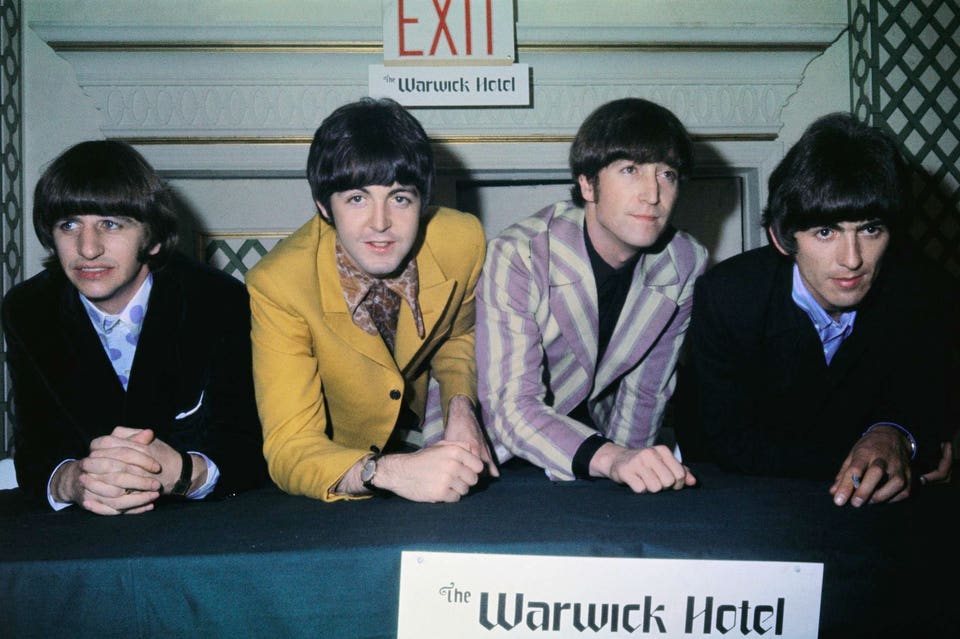It’s widely agreed that The Beatles were the most influential, and to many, simply the best, rock band of all time. However, what tends to be overlooked is the fact that they were also one of the most daring rock bands, especially when you realize how much they changed both musically and visually from 1964 through 1970. Also, how they started out as a pop band, and ended up taking on a variety of styles and utilizing an increasing amount of experimentation.
In the 2020 book, “John Winston Ono Lennon,” Beatles expert Brian Kehew, who was the co-author of the exhaustive “Recording The Beatles” book, discussed the member of the band who was undoubtedly the most daring when it came to experimental music, John Lennon, and when and how he came to embrace that side of his artistry.
“The experimentalism is a thread that has certainly been around for a few decades in the underground,” Kehew said. “And those were not pop-y records. I don’t know if he expected lots of people to buy ‘Life with the Lions,’ as much as he just wanted to do it. And in a way – because he was such an aggressive, pushy, ‘I know what’s good’ person – he put it out, expecting people would listen to it and maybe be offended…like how an album cover offends people. They knew how to do that, too.”
“I think that was fascinating because their approach was maybe not, ‘I’m going to make something that’s experimental and you will think it’s great music.’ He just felt, ‘I’m going to do it, and you’re going to hear it.’ And whether they liked it or not maybe didn’t concern him as much.”
Kehew also explained how Lennon adopted his “take it or leave it” stance when it came to his music. Especially the album cover for his 1968 collaboration with Yoko Ono, “Unfinished Music No. 1: Two Virgins,” which featured a black and white photo of the pair in their birthday suits.
“It was kind of a pure artist statement – to go after conceptual things, and things that were happenstance and chance, capture it, and say, ‘That’s my art. I’m not going to polish it up. I’m not going to work so hard on making it pretty for you. It’s a challenge and it’s bold. And here we are on the naked album cover. We are unadorned, we don’t have reverb all over the vocals, we didn’t add strings to these parts, we didn’t try and do harmonies. We’re doing experimental music now.'”
The seeds of Lennon embracing “the experimental” could possibly be traced back to when he attended art school, particularly the Liverpool College of Art during the late 1950s.
“As a side subject, I didn’t realize – being an American – what ‘art school’ was. Now, I knew that Lennon went to art school, Klaus Voorman, Syd Barrett, Pete Townsend – they went to art school. And as I understood years later – this was not where they teach you how to paint. You go to art school now, they teach you to dance, they teach you to paint, they teach you to be a poet. But art school then was much more teaching you, ‘What is an artist? An artist is someone who challenges people. A person who realizes when we’re all in a box doing the same thing – like painting on a canvas between a wooden frame, and how to break out of that box.'”
Lastly, whereas seemingly most extraordinarily successful musical artists would adhere to the “if it ain’t broke, don’t fix it” rule, The Beatles admirably opted instead to challenge the listener as the ’60s wore on. Kehew gave some specific examples of Lennon’s songwriting within The Beatles.
“So, in little bits, you have a slight progression forward with ‘Help!’ and his first personal song,” he commented. “And then you’ve got ‘Nowhere Man’ – his first political/social song. And then he moves on from there, and then the lyrics become very important to him. And then, shortly thereafter, he abandons the importance of the lyrics. When he hears people are over-analyzing or reading things into it, and he does the ‘I Am the Walrus’/’Goo goo g’joob’ nonsense. Because he then realizes people are paying too much attention to the words.”
“So, it’s a fascinating personal evolution reflected in the music. But if you follow it, you can see where he’s like, ‘This is very important. This is more important, this is critically important. And now I’m going to change that.'”



